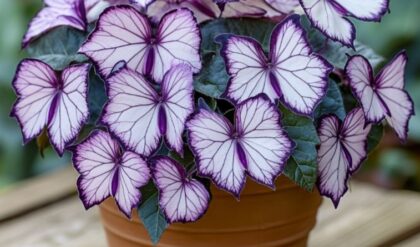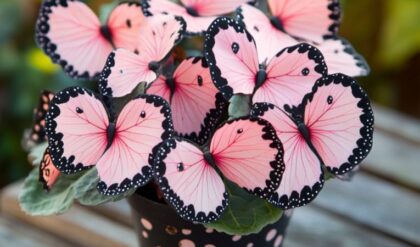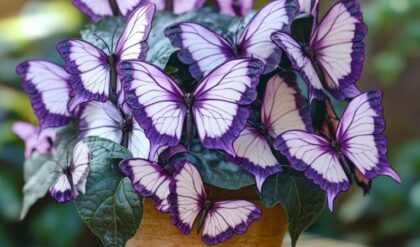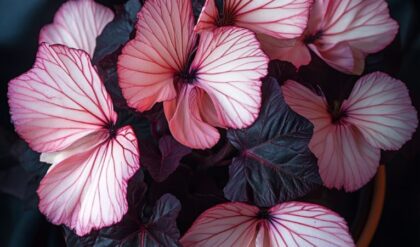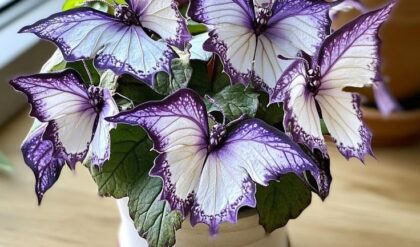Hanging lobelia is a stunning choice for anyone looking to add a cascade of vibrant color to their garden or balcony. Known for its trailing nature, this charming plant not only beautifies spaces but also serves as a versatile option for various gardening styles. The following insights will guide you through the best practices for cultivating hanging lobelia, ensuring that it thrives and enchants all who pass by.
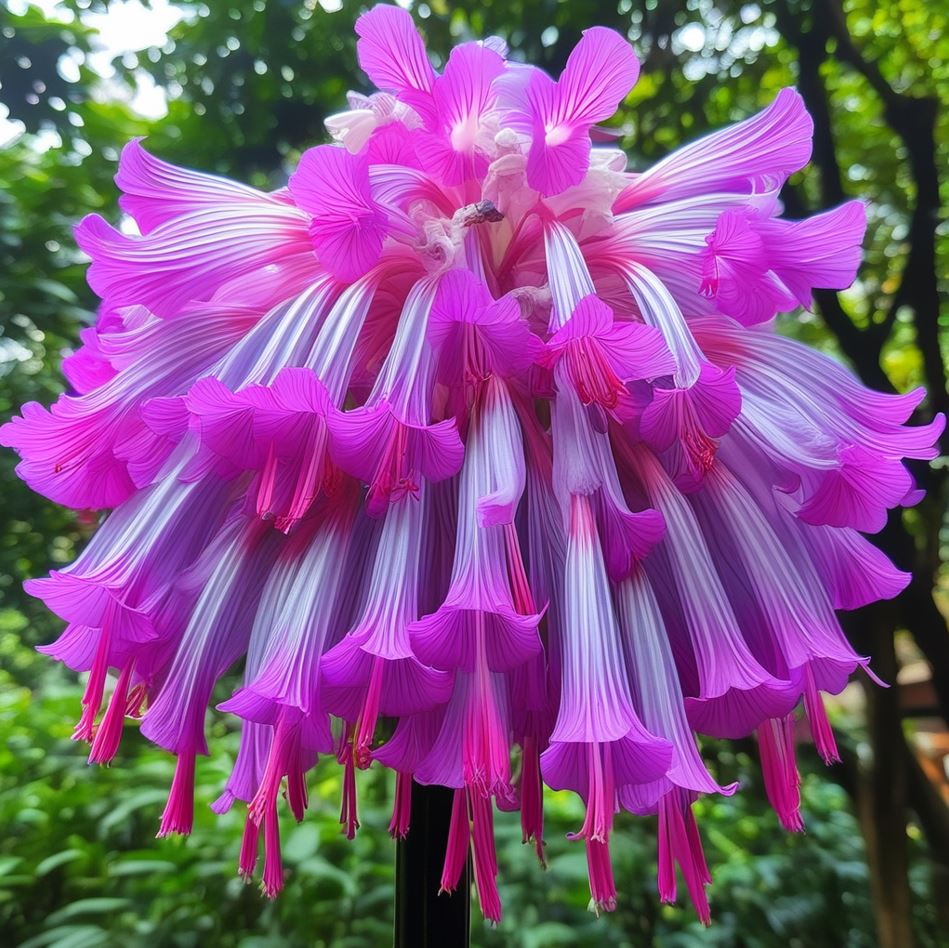
Ideal Growing Conditions for Hanging Lobelia
Hanging lobelia flourishes in environments where it can bask in full sun to partial shade. Specifically, it benefits from at least 4-6 hours of direct sunlight daily, which encourages abundant blooming. A spot that captures morning light while providing some afternoon shade may be particularly optimal, especially in hotter regions.
Sunlight Requirements
Lobelia thrives in environments where it can soak up ample sunlight. The ideal location should provide at least 4-6 hours of direct sunlight per day, which is essential for encouraging a vibrant display of blooms. In hotter climates, a spot that receives morning sun and afternoon shade can be particularly beneficial, as it helps to prevent the delicate flowers from wilting or scorching under the midday heat.
When selecting a planting site, consider the sun’s path throughout the day. A spot that receives a mix of sun and shade can create the perfect balance, allowing the lobelia to photosynthesize and bloom to its fullest potential without experiencing stress from excessive direct sunlight. Experiment with different locations in your garden or on your balcony to find the sweet spot that caters to your hanging lobelia’s sun preferences.
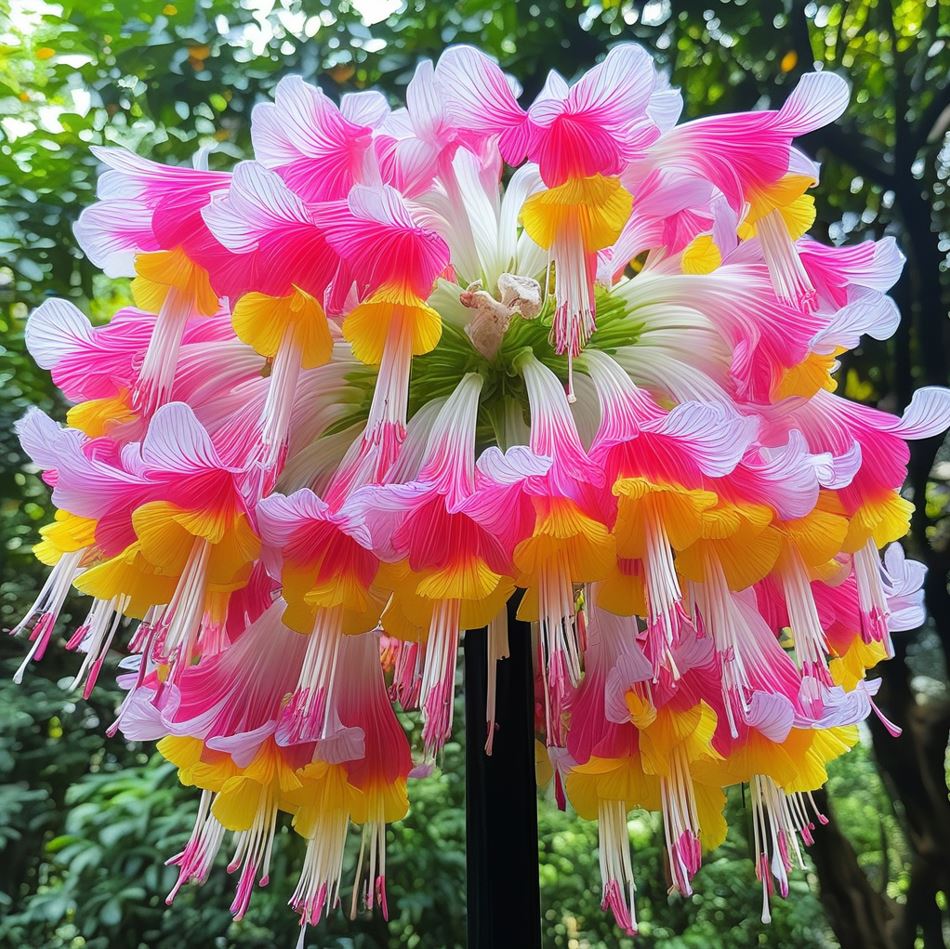
Soil Type and Drainage
These lovely plants prefer slightly acidic soil that is well-drained. Good drainage is crucial, as lobelia cannot tolerate overly wet conditions, which can lead to root rot and other issues. Enriching your planting medium with organic compost can enhance the soil’s texture, thereby promoting healthy growth.
Imagine your hanging lobelia as a delicate flower that requires a nutrient-rich yet airy environment to thrive. By amending the soil with compost, you’re providing it with a metaphorical “blanket” that not only nourishes the roots but also improves the overall drainage, allowing excess moisture to safely percolate away.
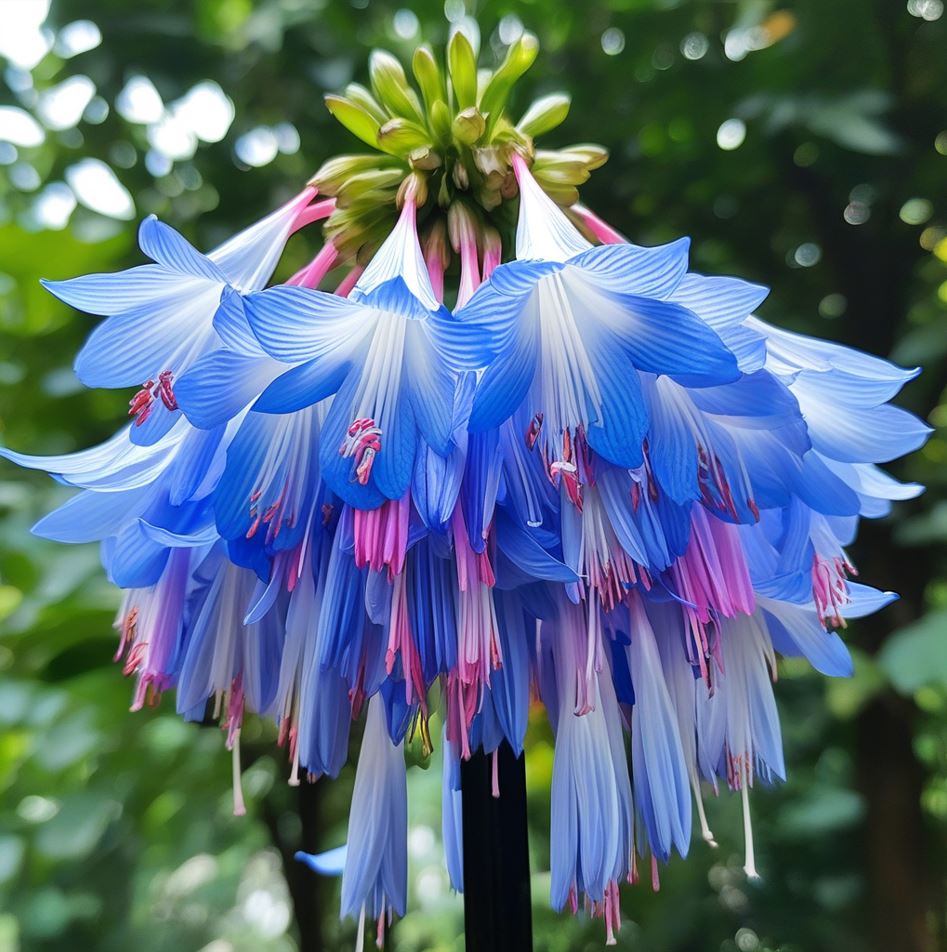
When it comes to soil pH, hanging lobelia prefers a slightly acidic environment, typically ranging from 5.5 to 6.5 on the pH scale. If your soil is on the more alkaline side, you can consider incorporating materials like sphagnum peat moss or sulfur to gently lower the pH and create the ideal growing conditions.
Planting Techniques for Hanging Lobelia
Hanging lobelia is ideally suited for containers like hanging baskets, window boxes, or even tall pots. This allows for the delightful draping effect that these flowers are known for. When selecting containers, ensure they have adequate drainage holes to prevent waterlogging.
Container Choices
Hanging lobelia is a natural fit for container gardening, as its trailing habit lends itself beautifully to hanging baskets, window boxes, and tall pots. This versatility allows you to showcase the plant’s cascading nature, creating a whimsical and eye-catching display.
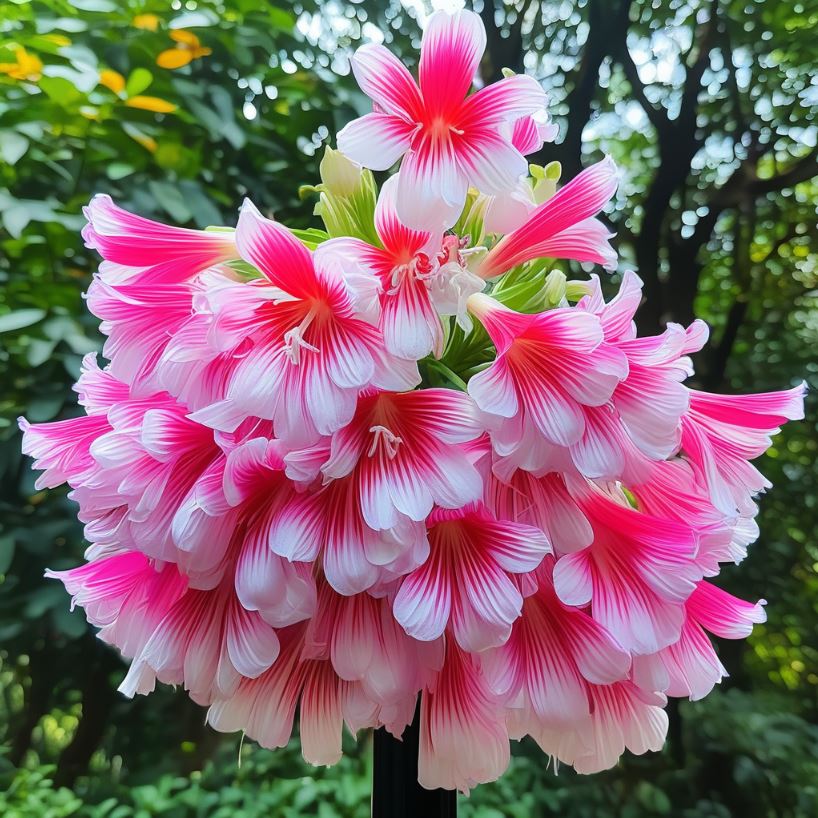
When selecting the perfect container for your hanging lobelia, prioritize those with ample drainage holes. This is crucial, as these plants cannot tolerate waterlogged soil, which can lead to root rot and other issues. Imagine a balcony adorned with cascading blue or purple blooms, creating a soft and charming atmosphere that softens the edges of any outdoor area.
Consider the size of the container as well, ensuring it can accommodate the plant’s growth. Hanging baskets and taller pots are excellent choices, as they provide the necessary depth and volume for the lobelia’s roots to thrive. As the plant matures, it will reward you with a lush, flowing display that adds depth and dimension to your outdoor space.
Companion Planting
To maximize the visual impact and create a harmonious outdoor oasis, consider pairing your hanging lobelia with other cool-weather plants that complement its color and texture. For example, combining them with bright yellow pansies or delicate white daisies can create a striking contrast and a visual feast.
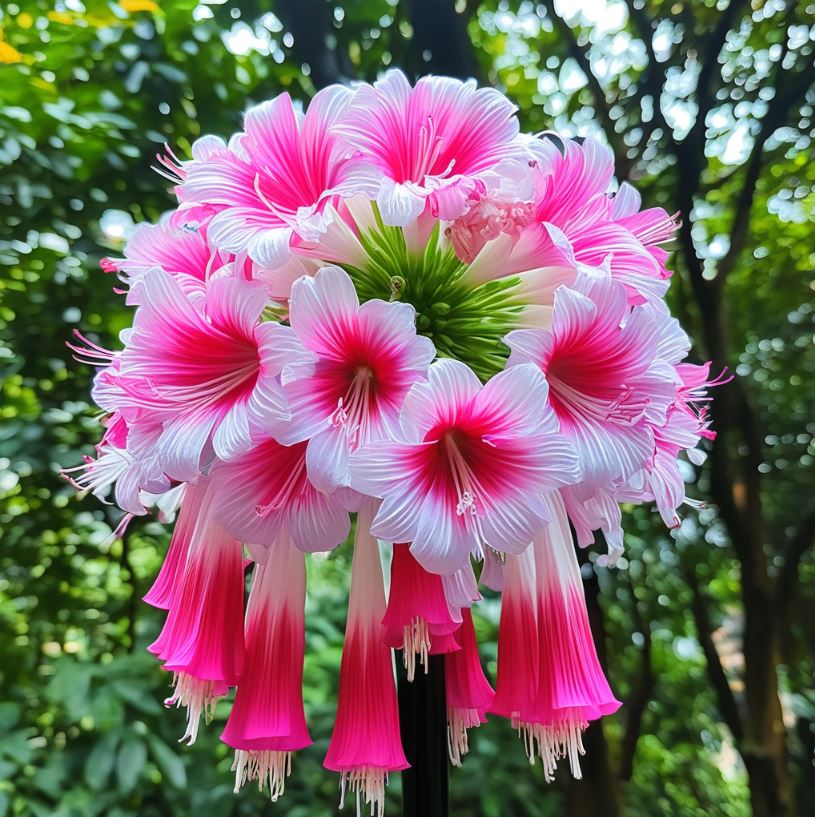
This approach not only enhances the overall aesthetic but also adds layers of interest, much like composing a beautiful symphony of colors in your outdoor haven. By carefully selecting companion plants that thrive in similar conditions, you can craft a stunning display that captures the attention of all who pass by.
When choosing companion plants, consider factors like bloom time, sun exposure, and water requirements to ensure a cohesive and thriving garden or balcony arrangement. The interplay of colors, textures, and growth habits can transform your space into a true horticultural masterpiece.
Maintenance Practices for Hanging Lobelia
To encourage bushy growth and abundant blooms, it’s advisable to regularly pinch back the tips of your hanging lobelia. This practice helps to maintain a fuller appearance, resembling a cheerful fountain of flowers rather than sparse tendrils. After the initial flowering period, cutting back the stems by about half can stimulate new blooms; think of it as rejuvenating the plant for another spectacular performance.
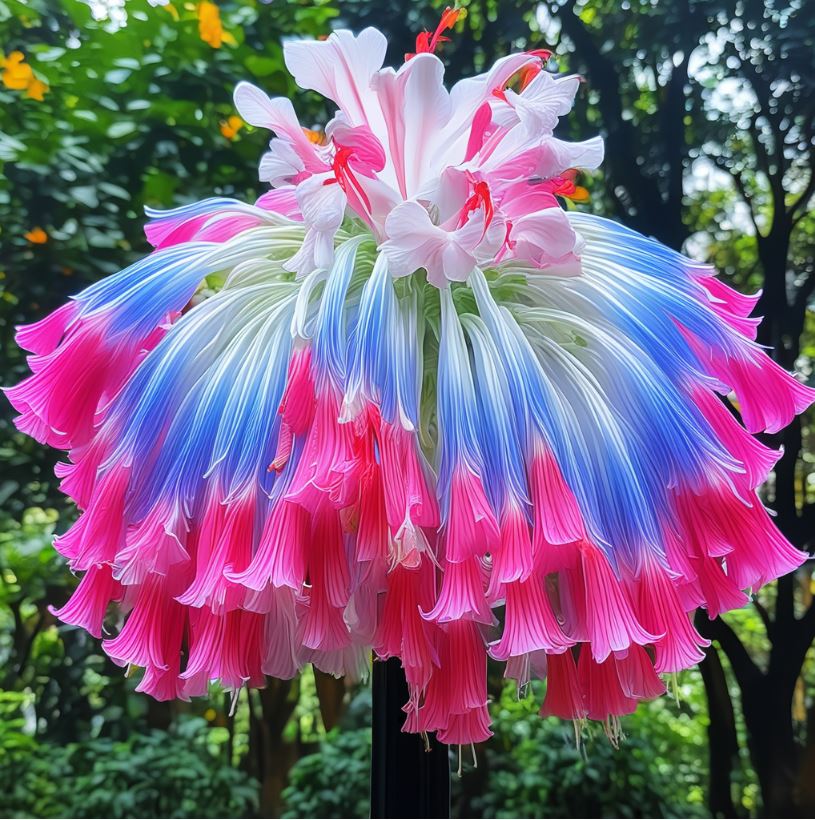
Pruning and Pinching
Maintaining the health and appearance of your hanging lobelia requires a bit of hands-on attention, but the results are well worth the effort. Regular pinching and pruning are essential practices to encourage a bushy, abundant display of flowers.
Pinching the tips of the stems helps to promote lateral branching, resulting in a fuller, more compact growth habit. This technique is particularly beneficial early in the growing season, as it encourages the plant to develop a more robust and symmetrical structure. Imagine your hanging lobelia transforming from a delicate cascade to a lush, vibrant fountain of blooms.
After the initial flowering period, consider cutting back the stems by about half their length. This rejuvenating pruning step can stimulate the production of new blooms, effectively extending the flowering season and revitalizing the plant for an encore performance. It’s a bit like giving your hanging lobelia a much-needed haircut, allowing it to redirect its energy into generating fresh, vibrant flowers.
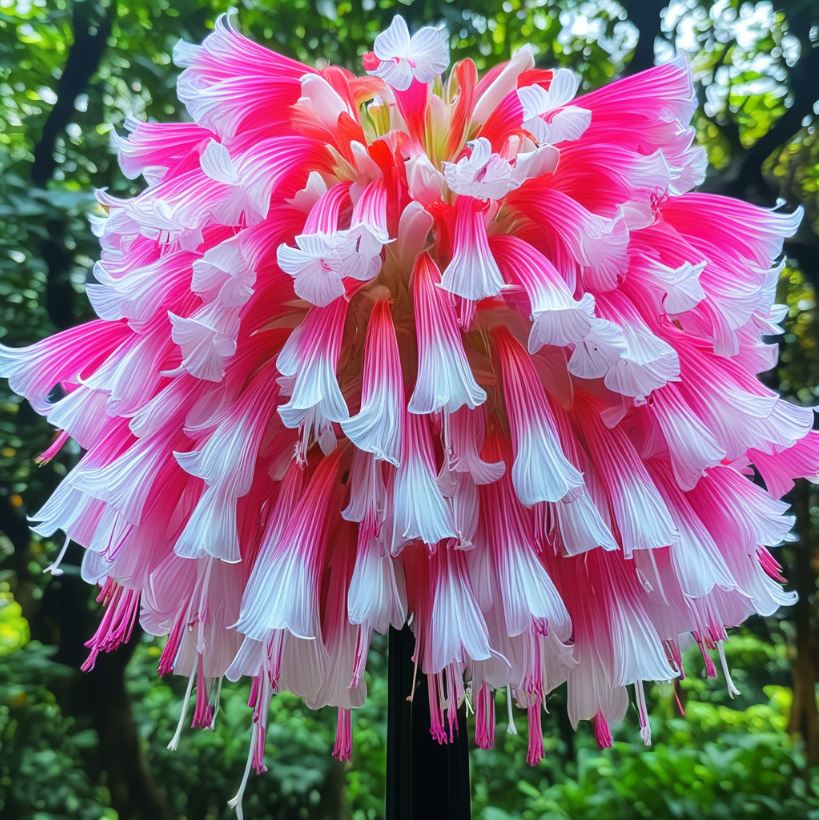
Remember, regular pinching and pruning are essential maintenance tasks that help to keep your hanging lobelia looking its best. With a bit of gentle care and attention, you can create a stunning, well-groomed display that will be the envy of all your neighbors.
Watering Needs
While lobelia loves moisture, remember that balance is key. Allow the topsoil to dry out slightly before watering again. Overwatering can suffocate the roots, much like how drowning would affect our ability to flourish! Aim for consistency, keeping the soil moist but never soggy.
Striking the right balance when it comes to watering your hanging lobelia is crucial for their health and longevity. These plants thrive in moist, but well-drained soil, so it’s essential to avoid both over and underwatering.
A good rule of thumb is to allow the topsoil to dry out slightly before watering again. This ensures that the roots have access to the necessary oxygen, preventing them from becoming waterlogged and susceptible to rot. Imagine your hanging lobelia as a delicate flower that needs just the right amount of hydration to flourish, much like a human needs the right balance of water to thrive.
Aim for consistency in your watering routine, keeping the soil moist but never allowing it to become completely saturated. This may require adjusting your watering schedule based on factors like temperature, humidity, and the size of your container. Pay close attention to the soil’s surface, and water when it begins to dry out, but before it becomes completely parched.

By maintaining this careful balance, you’ll ensure that your hanging lobelia receives the moisture it craves while also avoiding the detrimental effects of overwatering. With a little practice, you’ll develop a keen eye for the plant’s needs, keeping it vibrant and healthy throughout the growing season.
Potential Challenges in Growing Hanging Lobelia
One should always be mindful of the seasonal aspects when growing hanging lobelia. They thrive during the cooler months, making them an ideal selection for spring and early summer gardens. However, lobelia may require protection during harsh winters; consider bringing potted varieties indoors or providing some cover. This could reflect the importance of adaptability—not just in gardening but in life itself.
Seasonal Sensitivity
Hanging lobelia is a delicate plant that thrives in cooler weather, making it an excellent choice for spring and early summer gardens. However, this sensitivity to the changing seasons can present some challenges for gardeners, especially in regions with harsh winters.
During the warmer months, hanging lobelia will flourish, providing a stunning cascade of vibrant blooms that add depth and charm to any outdoor space. But as the temperatures begin to drop and the days grow shorter, these plants may start to struggle, their once-lush foliage and flowers wilting and fading.
To ensure the longevity of your hanging lobelia, it’s crucial to be mindful of the changing seasons and take the necessary precautions to protect them. For gardeners with potted varieties, consider bringing the plants indoors or providing some form of cold-weather cover when the mercury starts to dip.
This seasonal sensitivity reflects the importance of adaptability, not just in the realm of gardening but in life itself. Just as we must adjust our own behaviors and routines to accommodate the shifts in our environment, so too must we be willing to adapt our approaches to nurturing our beloved hanging lobelia.
By recognizing the unique needs of these plants and being proactive in our care, we can extend the enjoyment of their stunning display and ensure that our outdoor oasis remains a vibrant and captivating sanctuary, even as the seasons change.
Conclusion
In summary, growing hanging lobelia is not merely about planting a flower; it’s about crafting a living tapestry that brings joy and beauty to your surroundings. By understanding their needs and care techniques, you can transform your space into a vibrant sanctuary that celebrates nature’s artistry.
From ensuring the right growing conditions to mastering the art of maintenance, each step in the journey of cultivating hanging lobelia is a testament to the harmonious relationship between humans and the natural world. By embracing the challenges and embracing the rewards, you’ll not only enjoy the vibrant display of these enchanting plants but also unlock a deeper appreciation for the delicate balance that underpins the beauty of our gardens.
So, let your green thumb shine, and embark on the captivating journey of growing hanging lobelia. Witness as your outdoor oasis blossoms into a symphony of colors, textures, and life, inspiring all who come to bask in its enchanting presence.

